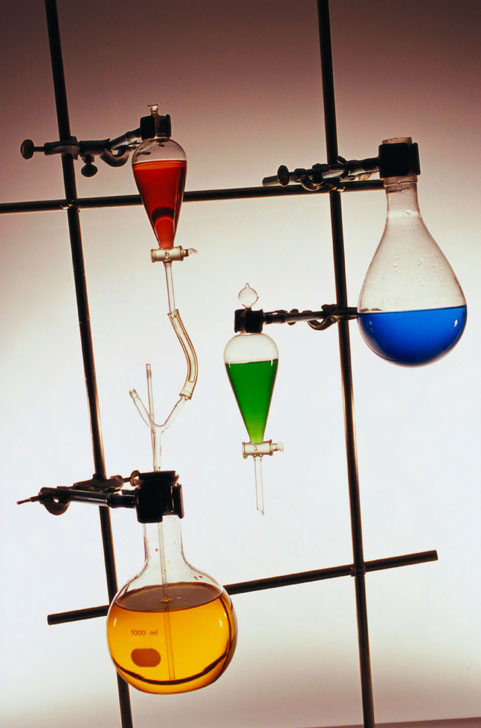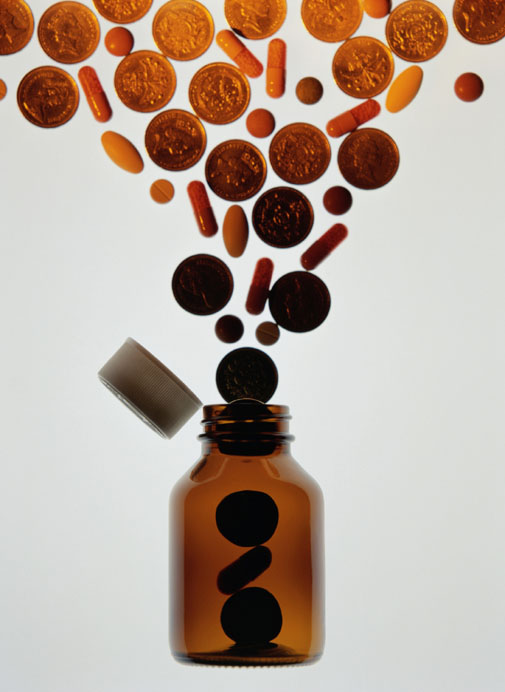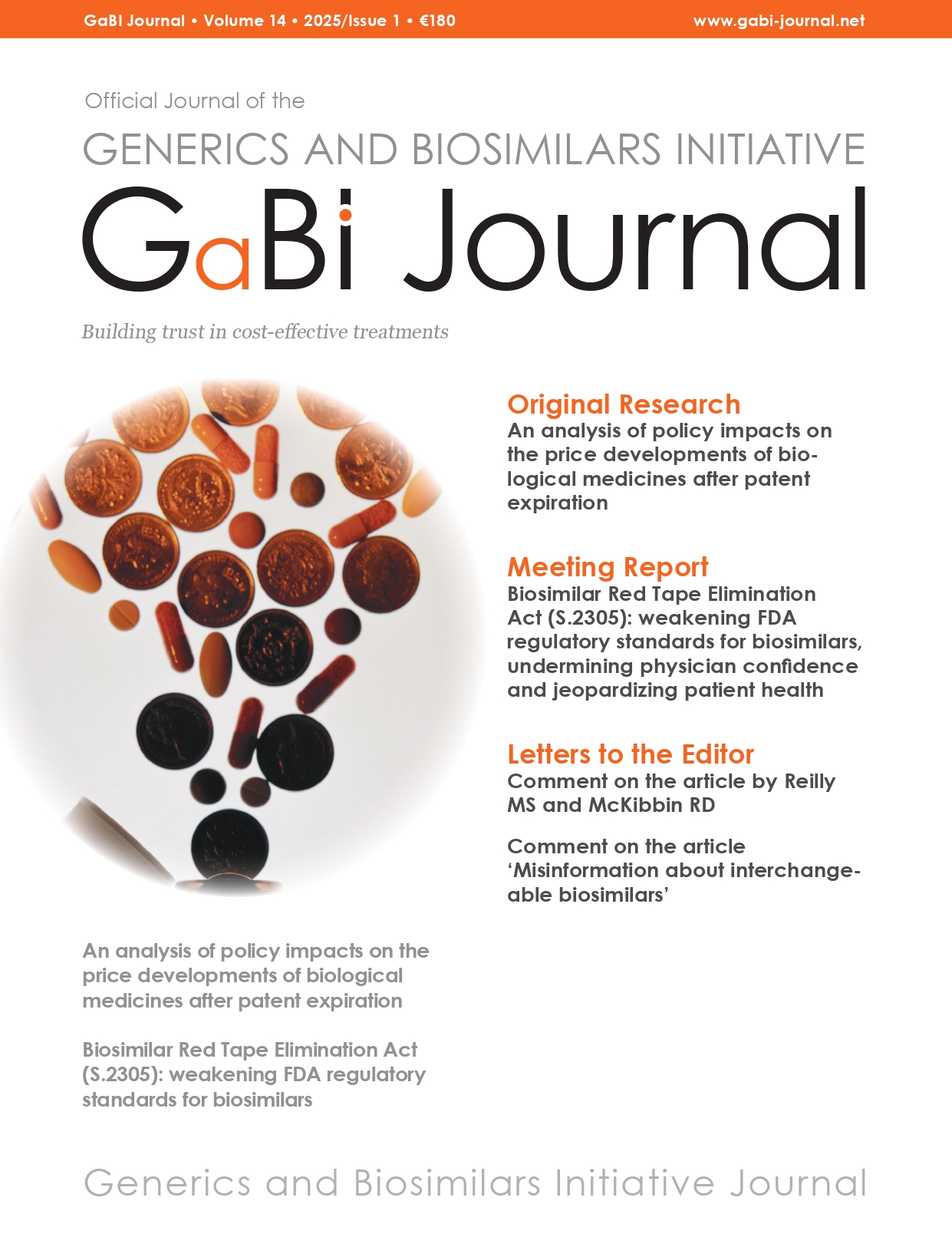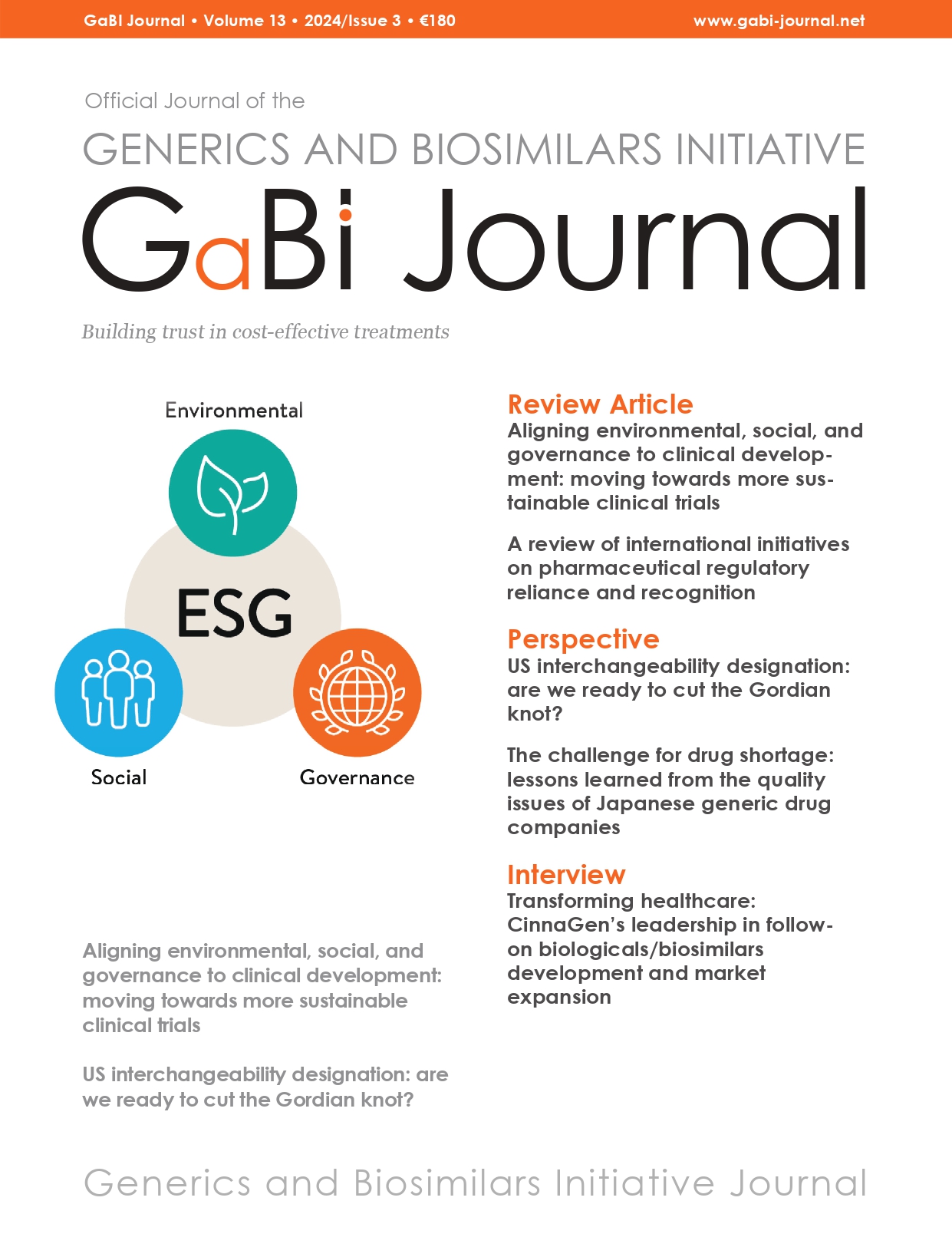
Therapeutic equivalence of a formulation of purified micronized flavonoid fraction of diosmin/hesperidin 450 mg/50 mg in healthy adults: an open-label, randomized, single-dose, crossover study
Introduction/Study objectives: Given that the purified micronized flavonoid fraction (diosmin/hesperidin 450 mg/50 mg) is a formulation with low water solubility, granulated form, and low intestinal membrane permeability, the present bioequivalence study was conducted to compare Dipemina® (T: tested) with Daflon® (R: reference product).Methods: A phase I, open-label, randomized, two-period, two-treatment (2×2) crossover study was carried […]



